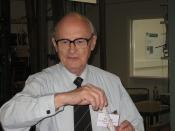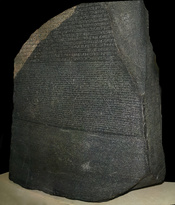The book starts by explaining steganography and cryptography. Steganography is the process of hiding a message, while cryptography is the process of hiding its meaning. Examples of both are given with information on how the codes are used, and how they were broken. The main example is Mary Queen of Scot's code, the weakness of which led to her execution.
Later, the book moves onto stronger forms of encryption such as the Vigenere square and homophonic substitution ciphers, which became popular after the 16th century. Continuing chronologically the chapter examines popular codes up to and through the 19th century. The book's many well-explained examples clearly establish out the ongoing battle between cryptographers and cryptanalysts. The advent of radio and the First World War brought the cryptographers battle with cryptanalysts on to the world stage. Until this time, code-breakers had the upper hand over code makers. However, new techniques and mechanization once again gave code makers the advantage.
The next chapter, "Cracking the Enigma," details one of the greatest achievements in cryptanalysis history. Details of the effort, mostly by the British, with help from the Polish and French, to crack the German code machine are given. Language is discussed, and cryptography and cryptanalysis across language barriers is explored. Details of how to decipher forgotten languages are given, with examples including Egyptian hieroglyphics and the Rosetta stone.
With the advent of the Internet, secure key swapping became a bigger issue. The work of Rivest, Shamir, and Adleman (RSA) combined with that of Diffie and Hellman eventually produced the first common public-key system. For the first time, the secure key swapping problem had been truly solved. The Internet age brought the issue of security and privacy to the masses. Phil Zimmerman developed PGP to bring secure communication to everyone. This was done in...


